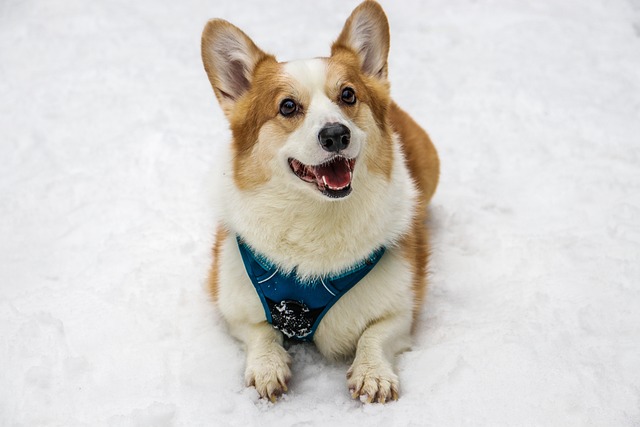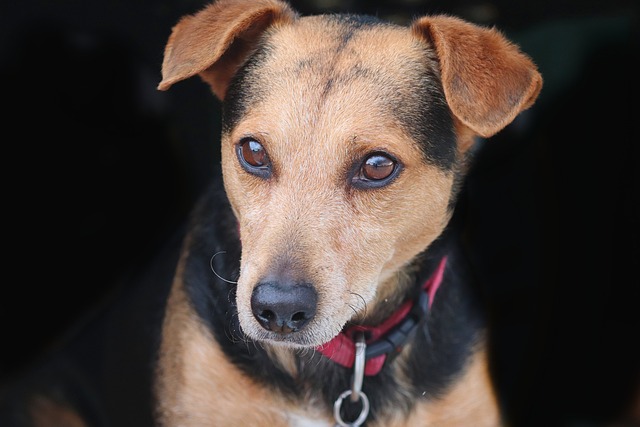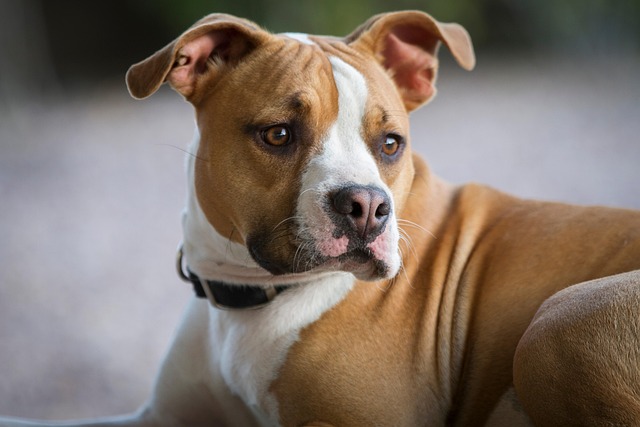
how do you start a dog scent training
Picture your Beagle, Daisy, nose glued to the sidewalk during walks—that incredible sniffing power is begging to be channeled. Starting scent training isn’t just fun
Seeing your dog’s tail wag at the sight of a leash is one of the purest joys, but when winter rolls in, that excitement can turn into worry. While some dogs thrive in chilly weather, there’s a fine line between a refreshing walk and a dangerous situation. Understanding when it’s too cold to exercise your furry friend isn’t just about comfort—it’s about keeping them safe.
First things first: every dog is different. Breeds with thick double coats like Huskies or Bernese Mountain Dogs were built for cold climates and can handle temperatures as low as 20°F (-7°C). On the flip side, small breeds like Chihuahuas, short-haired pups such as Greyhounds, and senior dogs struggle to retain body heat. For them, anything below 45°F (7°C) might already feel frigid. Puppies also have less developed thermoregulation, making them more vulnerable to the cold.
When temperatures start dropping, pay attention to local weather advisories. Wind chill can make it feel much colder than the actual temperature reading. A 30°F (-1°C) day with strong gusts can be as dangerous as 10°F (-12°C) with calm conditions. Many regions have leash laws that require you to control your dog in public spaces, and during extreme cold, ignoring these regulations to let your dog run freely increases their risk of hypothermia or frostbite.
Signs that your dog is too cold are easy to miss if you’re not paying close attention. Shivering, lifting paws off the ground, seeking warm spots, or slowing down are all red flags. Some dogs might even start acting restless or anxious. If you notice any of these symptoms, it’s time to head inside immediately. In many areas, leaving a pet unattended outdoors in freezing conditions can lead to animal cruelty charges, so always prioritize your dog’s well - being over a longer walk.
 For milder cold days, taking precautions can extend your outdoor time safely. Dog sweaters or coats aren’t just cute accessories—they can provide essential warmth, especially for dogs with thin fur. Booties protect paws from ice, salt, and chemicals used to de - ice sidewalks, which can be toxic if licked off later. Just make sure any gear fits properly; ill - fitting clothes can restrict movement, and tight booties can cut off circulation.
For milder cold days, taking precautions can extend your outdoor time safely. Dog sweaters or coats aren’t just cute accessories—they can provide essential warmth, especially for dogs with thin fur. Booties protect paws from ice, salt, and chemicals used to de - ice sidewalks, which can be toxic if licked off later. Just make sure any gear fits properly; ill - fitting clothes can restrict movement, and tight booties can cut off circulation.
When the mercury really plummets, indoor exercise becomes crucial. Tug - of - war, hide - and - seek with treats, or even setting up a mini obstacle course in your living room can burn off energy. Puzzle toys that challenge your dog mentally are great too. Remember, a tired dog is a happy dog, whether the exercise happens inside or out.
It’s also important to consider the surface you’re walking on. Frozen ground can be hard on joints, and ice can cause slips and falls. Some local parks or trails might close during extreme cold for safety reasons, and trespassing could result in fines. If you do venture out, stick to areas with good traction and avoid prolonged exposure on frozen lakes or rivers, even if your dog seems eager to explore.
Taking care of your dog in cold weather is all about balance and common sense. By knowing your dog’s limits, watching for signs of distress, and following local regulations, you can still enjoy quality time together without putting their health at risk. After all, a warm, happy dog curled up beside you at the end of the day is the best reward for making smart choices.

Picture your Beagle, Daisy, nose glued to the sidewalk during walks—that incredible sniffing power is begging to be channeled. Starting scent training isn’t just fun

Picture your Golden Retriever, Buddy, obsessively sniffing bushes on your evening walk. That powerful nose could be channeled into exciting games

There’s nothing quite like the heart-wrenching sound of a puppy crying in its crate, especially when you’re trying to give them a safe space.

Watching your dogs, who once curled up together like old friends, suddenly snarling and lunging at each other feels like a gut punch. One moment they’re sharing toys; the next, it’s a tense standoff.

When you bring home an 8 - week - old puppy, it’s like welcoming a tiny, energetic ball of fur into your life. But you might find yourself wondering

Watching your energetic pup pace the living room, whining for action while you’re stuck in a tiny apartment? Don’t worry—you don’t need a backyard to keep your dog happy and healthy.